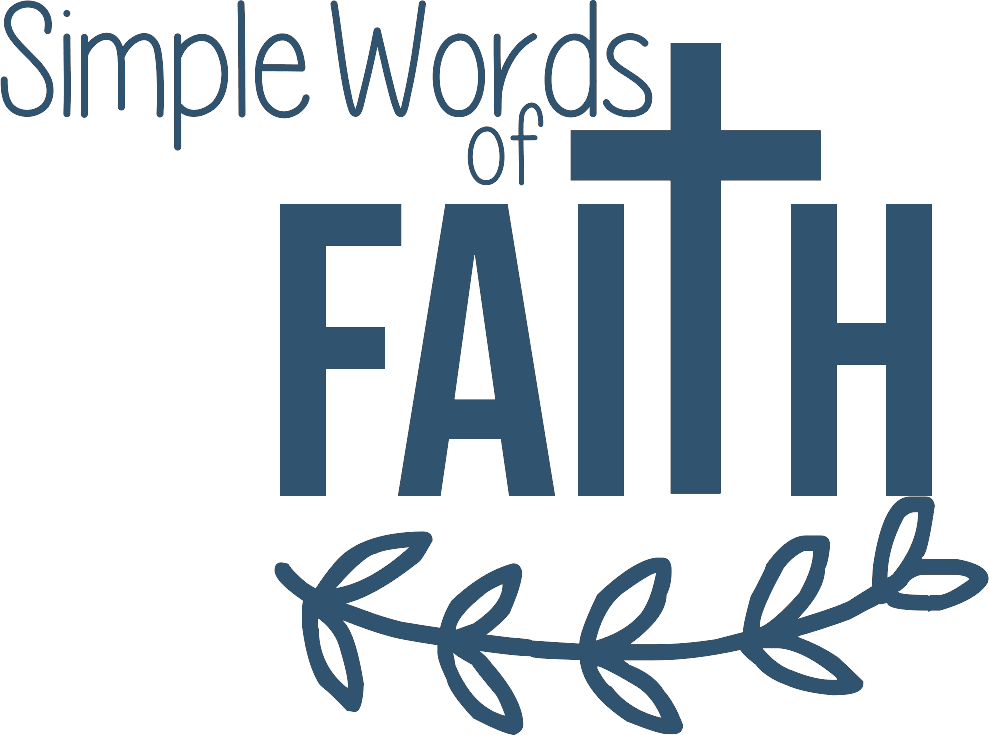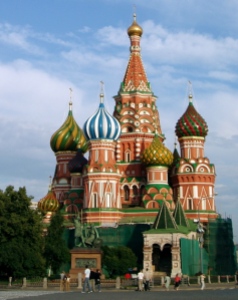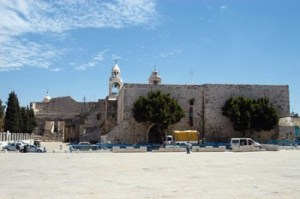Jan. 6, 2012
John 1:18
No one has ever seen God, but the only and only Son, who is himself God and is in closest relationship with the Father, has made him known.
In theWesternChurch, today is the day we celebrate Epiphany, or the “vision of God,” the revelation of God the Son as a human being in Christ. It’s the understanding that God has become a human being in Jesus the Christ.
Most often in practical application, Epiphany is the day the Western Church celebrates the arrival of the magi in Bethlehem to see Jesus. We do not know if they arrived a mere 13 days after his birth. My guess is that Jesus was older. More importantly, it’s picking a day to recognize this important part of Jesus’ story.
For the Eastern Church, January 6 is celebrated either as Christmas Day or Christmas Eve. Eastern Churches or Orthodox Churches, such as the Russian Orthodox, Greek Orthodox and others, use the Julian calendar. The Western Church uses the Gregorian calendar. There is a 13-day difference between the two calendars. Thus, most Orthodox Churches celebrate today as Christmas Eve and January 7 as Christmas Day. There is one exception. The Armenia Orthodox Church celebrates Jan. 6 as Christmas Day.
Are you all now confused?
I’ll share a quick church history lesson. Basically, there was one Christian church until 1054 AD when the Eastern Church split from theWesternChurch. The Eastern Church was centered in Constantinople as part of the Byzantine Empire. The Western Church was now centered out of Rome and the Bishop claimed supremacy. The Eastern Church is also known as the Orthodox Church. Many church practices within the Eastern Church have not changed since before 1054 AD. For example, instruments are not part of worship, icons are part of the church embellishments, no chairs or pews are generally within the sanctuary and the accepted language was Greek.
The Western Church, which also became known as the Roman Catholic Church, was originally based out of Rome and used Latin as the accepted language. This church remained basically one entity until Martin Luther challenged the Roman Catholic Church with the Protestant Reformation in 1517. This was the beginning of the eventual creation of a whole host of Christian denominations: Lutheran, Presbyterian, Methodist, Baptist, etc.
As a Protestant American, I was unfamiliar with Orthodox Church until I went overseas as a missionary. I went to a country that was part of the Eastern Church. There was a Russian Orthodox Church just a couple blocks from the apartment where I lived. Quickly identified by their onion-shaped domes, I was exposed to some Orthodox traditions, which were very interesting for me.
Three years ago today, I was in Bethlehem– the birthplace of Jesus. We visited the Church of the Nativity, a church built at the supposed site of Jesus’ birth. Three churches – the Roman Catholic, Armenia Orthodox and Green Orthodox – share custody of the building and property. When walking through the building, it’s impossible not to notice three very distinct architectures; each representing the space oversaw by that particular church.
Because we were there on January 6, half-dozen Armenian priests were celebrating a Christmas Day service in their section of the church. Icons surrounded their worship space and incense was a significant part of their worship experience. The priests did not want us walking through their section of the building to get to the Grotto of the Nativity, the actual cave that is honored as Jesus’ birthplace, during the service. Fortunately, they knew our Palestinian Christian tour guide who was able to scoot us through without having to wait for the service to be completed.
Various veins of the Christian church celebrate specific noteworthy events within our faith tradition at different times and in very different ways. Some of these traditions are extremely important for some people and have been passed along for so many generations. What I find personally meaningful may not resonate with another person and vice versa. Certainly our Western Church traditions look very different from our Eastern Church cousins. Protestant traditions differ greatly from Roman Catholic traditions.
Just yesterday, I was part of a discussion about biblical authority and how we interpret this within United Methodist Churches in Wisconsin. Believe me: there are wide opinions about this. Add to this a variety of denominations and this becomes even trickier.
Understanding the culture of the time in which these historical events happened is very important. Many American Christians, in particular, wrongly think that the first Bible was written in English for people of our time and place. Oh my, I quickly discovered at seminary that this is not how it happened.
We may not all interpret the Christmas story exactly the same. I’m OK with this. What I hope is that I can respect others views, as I pray that my view would also be respected. This is venturing into one of the many sticky places of Christianity. It saddens me how many folks have been turned off and away from the Christian church because we simply can’t agree. This was a problem when Jesus was alive within the Jewish tradition. It continues to be a problem within Christian circles today.
I provide no answers here. Whether we celebrate today as Epiphany, Christmas Eve or Christmas Day, my deepest prayer is that we honor God the Son in human form as the person we called Jesus the Christ.
Let us pray:
Star of the East, oh Bethlehem star, Guiding us on to heaven afar, Sorrow and grief and lull’d by the light, Thou hope of each mortal, in death’s lonely night. Fearless and tranquil, we look up to Thee. Knowing thou be m’st through eternity. Help us to follow where Thou still dost guide Pilgrims of earth so wise. Star of the East, thou hope of the soul. Oh star that leads to God above, whose rays are peace and joy and love. Watch o’er us still till life hath ceased. Beam on, bright star, sweet Bethlehem star.
Blessings –
Dianne




Comments are closed